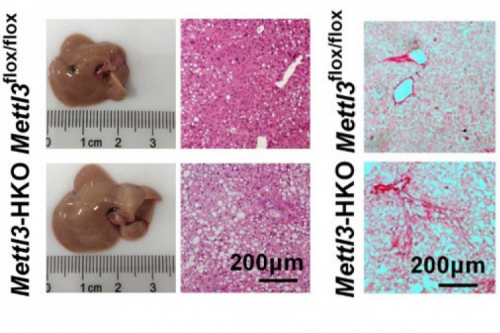Reported by: XIAO Ke
Translated by: XU Lianxin
Edited by: Jennifer Taylor
With support from the National Natural Science Foundation of China and the State Key Laboratory of Urban Water Resource and Environment foundation program, the Research Team led by Professor MA Jun from the School of Municipal and Environmental Engineering at HIT has made great progress in the field of Manganese Dioxide (MnO2) Colloidal Transport. Their research article Aggregation Kinetics of Manganese Dioxide Colloids in Aqueous Solution: Influence of Humic Substances and Biomacromolecules was published in the famous international environmental journal Environmental Science and Technology as a featured article on the 17th September 2013. The lead author is HUANGFU Xiaoliu, a 2010 PhD candidate. Other authors involved with the research included Associate Professor JIANG Jin and Professor MA Jun from the School of Municipal and Environmental Engineering, , LIU Yongze and YANG Jing.
MnO2 Colloids are common in the natural water environment and water treatment. MnO2 colloidal aggregation has great effect on surface absorption and oxidation, which will further influence the fate and transport of MnO2 itself and associated contaminants in aquatic environments. However, there was little research about the aggregation behavior of MnO2 colloids in different water chemical conditions. Using the approach of dynamic light scattering, the research team investigated the aggregation behavior of MnO2 colloids of different valences and the effects of fulvic acid, humic acid, alginate, and bovine serum albumin on MnO2 colloidal aggregation kinetics. In addition, through rigorous experiments and tests, the team calculated the Hamaker constant of MnO2 colloids based on the classical Derjaguin-Landau-Cerwey-Overbeek theory, and the thickness of the adsorption layer on the colloids surface. These calculations may explain how these macromolecular organic matters affect MnO2 colloidal aggregation.
This article provides important foundational data for the analysis of MnO2 colloid transport in the water environment. The Hamaker constant can serve as an important parameter in the theoretical calculation and speculation of the fate and transport of the MnO2 colloids in the water environment. The research also shows that the natural organic and macromolecules can stabilize the MnO2 colloids effectively and therefore enable the MnO2 colloids and associated contaminants to be transported more effectively in water. In real engineering practice, the presence of these organic materials can greatly affect the removal or oxidation of MnO2 colloids and associated contaminants. The research is instructional to technology application and methods improvement of the corresponding engineering in practice.




